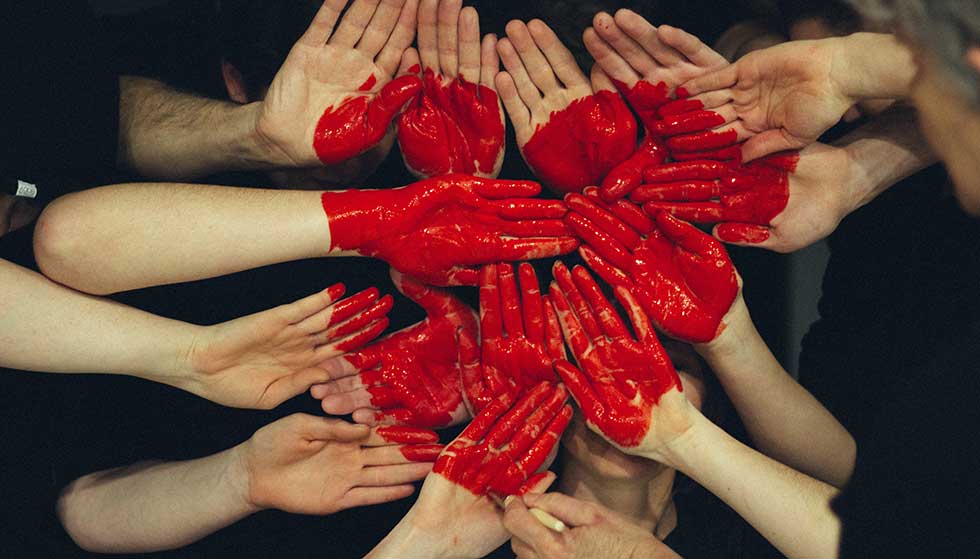What is fair trade?
Fair trade, a movement with roots tracing back to the 40s, promotes the fair payment of workers. Some definitions specifically mention the southern hemisphere, as history shows access to market has been a greater struggle in these areas. The movement has largely focused on the agricultural sector with banana, coffee, and chocolate coming to mind when asking consumers about fair trade.

The European market has developed a larger footprint with fair trade items found in many if not all grocery stores. Consumers are easily able to identify fair trade products with labeling/logos corresponding to the specific certifications and organizations vetting them. In 2008, the Fair Trade Principles were developed, highlighting five key characteristics of fair trade. These principles later expanded to include five more, 10 all together, in 2013.
Why does fair trade chocolate and coffee have greater popularity?
With numerous brands of fair trade chocolate and coffee available, coming from countries such as Guatemala, Ethiopia, Morocco, and Columbia, is it no surprise customers first think of these items when asked about fair trade? They make great gifts and are seen by many as a luxury items that customers will pay a premium for. The term premium has a slightly different definition from traditional luxury items, as all fair trade items must provide fair wages in addition to a premium price, which goes back into the worker collective.
Looking at the supply chain, coffee and chocolate are easy to trace from bean to farm, to roasters and packagers, and lastly to the stores which market and sell them. Transparency and traceability are essential components to fair trade, an aspect fair trade fashion struggles to achieve.
What makes fair trade fashion difficult to achieve?
The difficulties with fair trade fashion are many and span across the supply chain. Sourcing fabric, trims, and labor often take place in a variety of different companies, not only within one brand and product line, but also within a single garment. Taking a closer look at fabric, the cotton may be grown and picked using fair trade labor, transported to another country for carding, combing, and spinning, and then moved again to dye, wash, and move again to another country to be cut and sewn. If any stage during the fabric sourcing process is not under the guidance and certification of a fair trade organization does the fair trade label risk becoming diluted? This is not even taking into account the environmental standards associated with fair trade. If the garment is not dyed using natural dyes and therefore using harsh chemicals, should the garment not qualify?
One of the biggest hurdles for fair trade fashion brands is the cultural shift in seeing clothing as disposable items. Most customers are extremely price sensitive when purchasing clothing and no longer see fashion as an investment. Designers, especially new designers, struggle to create a profitable brand for themselves in normal conditions. Adding fair trade, certified or not, to the mix can mean designers are only able to afford to work in one country, a practice large fashion companies would never allow, as the risk for late deliveries, natural disasters, and political uncertainty is high in developing countries. One bad season can damage relationships with buyers and end a company. An added premium to meet the fair trade standards and an added markup to pay for the fair trade certifications can push the price point of the garment into a less affordable price category.
What is the future of fair trade fashion?
There are many challenges in developing a fair trade fashion line but an equal amount of opportunities. As more consumers and fashion professionals become disenchanted with the traditional fashion industry, the conscious consumer/sustainable fashion movement is growing in numbers. Marketing a product’s newness, quality, and price (high or low) are no longer the most important characteristics for a brand to highlight. Fashion Revolution’s, “Who Made Your Clothing?” campaign has reached millions and alerted many fashionistas to the hard reality of how the fashion industry treats workers and the environment. This has sparked many brands to branch off into different segments within the fair trade/sustainable fashion movement. Vegan, zero waste, upcycled, natural dying, and Made in America are a few newer offerings that have resonated with consumers.
These shifting consumer trends in combination with the Sustainable Development Goals (SDGs), an updated version of the fair trade principles, has given designers who produce domestically and abroad greater direction, goals, and marketing tools. The SDG’s were created to bridge the gap between the Northern and Southern Hemisphere, allowing designers to participate in the fair trade movement like never before. Large organizations are catching up and seeing the benefits to including workers, artisans, and makers globally.
The future of fair trade fashion is gaining momentum here in New York City. The NYC Fair Trade Coalition has given designers, brands, and fashion professionals a unique opportunity to join the growing community which hosts educational events, pop-ups, and a place to expand, redefine, and re-evaluate our ethics as consumers and producers. Join the NYC FTC every third Monday at LIM College, 216 E. 45th St. from 6:30-8:30 p.m. and help us push the fair trade fashion movement forward.
Andrea Reyes is a fair trade advocate, educator and small business owner. She is the Chair of the NYC Fair Trade Coalition: a network of small ethical business owners and advocates. She is the founder of A. Bernadette: a fair trade fashion brand based in Uganda which hosts educational study abroad programs. She teaches fashion marketing, international trade, and business development classes at Baruch College, LIM College, Pace University, and the Fashion Institute of Technology.
Andrea Reyes
Chair
NYC Fair Trade Coalition
917-216-6255
andrea@nycfairtradecoalition.org
nycfairtradecoalition.com










Add Comment